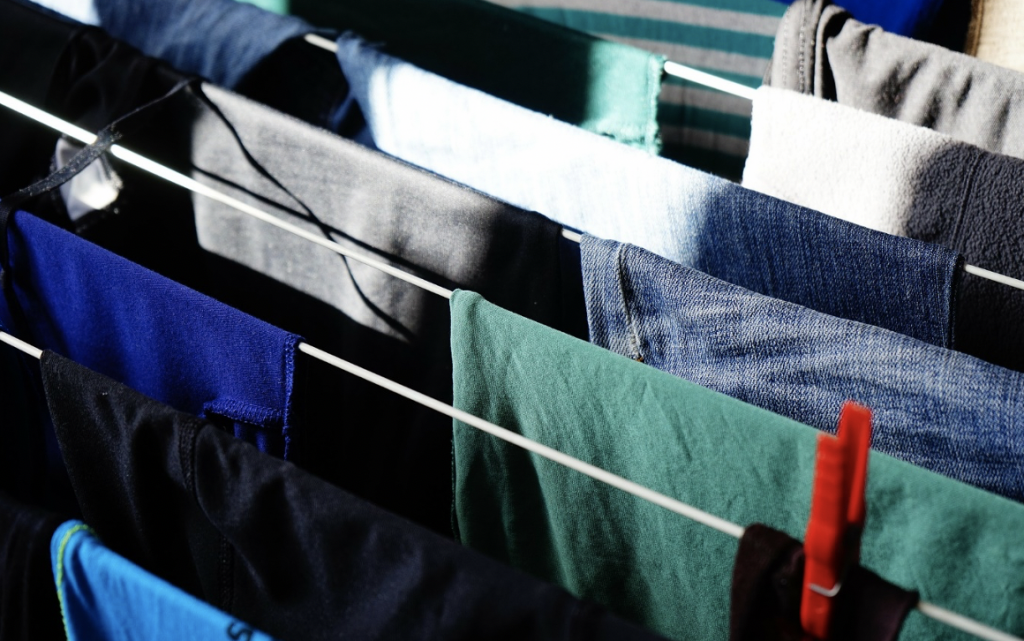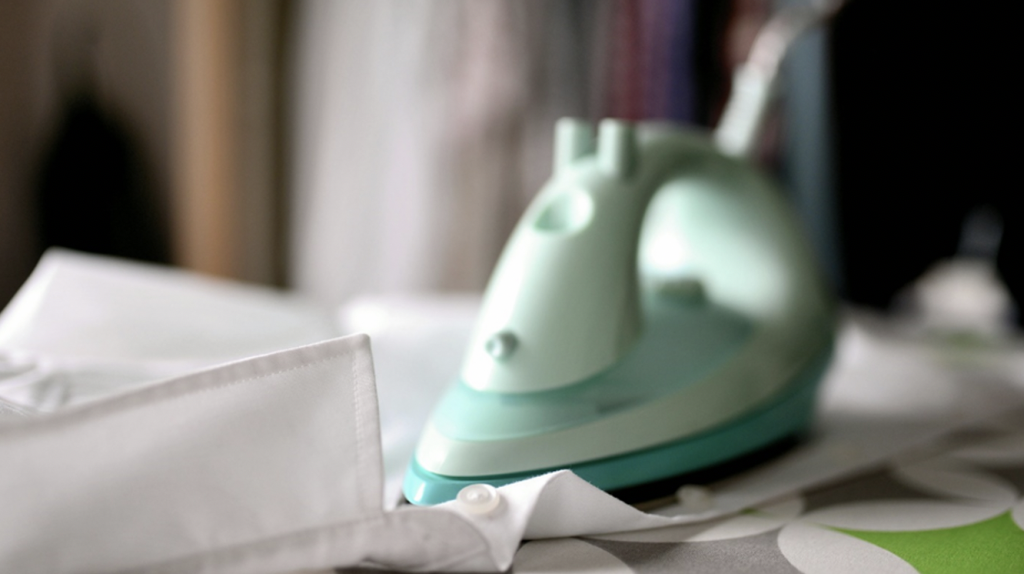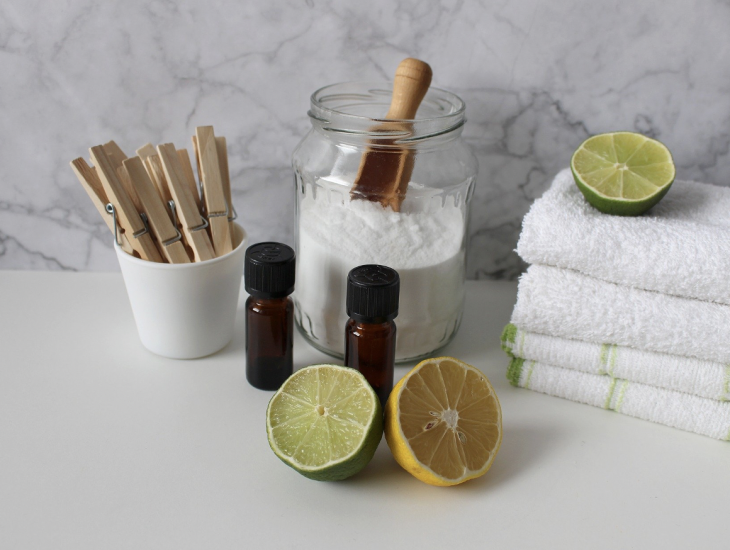Care for your clothes sustainably and make your natural fabrics last longer
Investing in clothes made from natural fabrics is the first step in adopting a more sustainable lifestyle, but another important aspect to curating a more environmentally friendly wardrobe is to give your clothing longevity. You may have some clues on how to care for your clothes, so we have put together a handful of useful ideas that will make your life (and your clothes’ lifespan) easier. Read on to find out the best ways to look after specific natural fabrics and how to take proper care of your clothes so they actually last a long time.
Washing with care

This may seem a little counterintuitive, but washing less will actually help your clothes last longer! By washing your clothes often (especially at high temperature), you damage the fibres, resulting in tears and rips and even in long-term effects, such as colour fading.
Delicate fabrics, like silk, linen and wool, can get damaged in a washing machine , especially if it is overloaded or if they are mixed with other clothes made from fabrics such as polyester. Avoid mixing different materials in the wash or overloading your washing machine and your clothes will thank you in the long run!
It is so easy to bung your clothes in the washing machine and hope for the best, but those little symbols on your clothing labels are there for a good reason. Paying attention to the care label is essential; going above the recommended temperature can affect your clothes’ fibre structure, plus they offer guidance on how to dry and iron your clothes. Washing your clothes properly is the first step in taking care of them, as it increases their lifespan.
Looking after cotton
Cotton may be one of the strongest fabrics, in terms of durability, however, cotton clothes still need to be properly taken care of. After washing cotton at 30 °C or lower, give it a gentle stretch, so it can get back into shape, then let it air dry. Air drying is important, not only because you are saving money and energy – compared to tumble dryers – but also because drying naturally avoids braking down cotton fibres. Another important factor is ironing. The care label will tell you exactly which iron temperature setting to use, but always remember not to overdo it! Less is more and in some cases (for example your denim jeans or simple cotton tops) leaving them without ironing goes a long way!
If you’re not a fan of wrinkled cotton clothes, just put your washed clothes on a hanger in your bathroom and use the steam after your shower! A tried and tested option that can save you time and effort while making sure that your clothes look pristine every time!
Caring for bamboo
Bamboo is an overall gentle fabric, so it needs some care to last a long time. Nothing to fear though; bamboo contains antimicrobial properties, so requiring less washing is in its nature! When it does need a clean, just toss your bamboo clothing in a washing machine or hand-wash it in cold water, to ensure that the fibres don’t break down. It’s better to avoid tumble dryers; instead, choose air-drying. By laying your bamboo clothing flat, it will stay in shape for longer.
In general, bamboo clothing does not require ironing, so if you are a fussy dresser, you don’t have to worry about that. If you really need to iron your bamboo garments, err on the side of caution and opt for a low temperature.
Caring for silk
Silk is the epitome of delicate fabrics, so, paying attention to the care label is crucial. On it you will find out if your silk item needs hand washing, dry cleaning or machine washing (in the delicate cycle). The temperature is important as well – go for 30°C or lower, and be sure to use a mild laundry detergent that doesn’t contain chemical agents that will affect the fibre structure. Silk clothing comes from proteins and bleach can attack them and break their structure on a molecular level, which results in fabric tearing and breakage.
Lay your silk garments flat to dry, as that will help them keep their shape. If you have a beautiful shirt or dress that need steaming, don’t stretch the fabric too much while doing so, as this can damage the fibre permanently.
Caring for linen
Linen is easy to care for, as it requires normal machine washing at a low temperature and with a mild washing detergent. In general, if you want to increase your linen’s lifespan, it’s better to hand-wash it in cold water. Linen is made from plant flax and is quite strong a fabric, so it will not break down easily.
Linen has natural creases, so when taken out of the washing machine, you need to let it dry on a padded hanger or lay it flat, otherwise it may lose its shape and become unwearable. If you need to iron your linen trousers, then choose a low setting and do so when they are still damp. The heat from the iron will quickly dry your trousers and remove any creases.
Remove stains naturally
Instead of using harsh stain removers or bleach, try getting rid of stains with a little white vinegar. This nature method is cheaper, more environmentally friendly and kinder to fabrics. Simply mix a tablespoon of white vinegar with two tablespoons of lukewarm water and gentle dab onto the stain before washing it. Remember that vinegar is an acid, so don’t apply it undiluted and avoid rubbing it in to fabrics like silk. Don’t worry – that vinegar smell will disappear in the wash!

It is not difficult to take care of your all-natural garments; washing, drying and ironing (or not, in some cases), will always make a difference and help you keep all your clothing investments safe for years to come!
If you are interested in making your wardrobe more sustainable, check Patra’s all natural selections. You’ll find eco-friendly, long-lasting fabrics such as Bamboo, Linen and Tencel.

